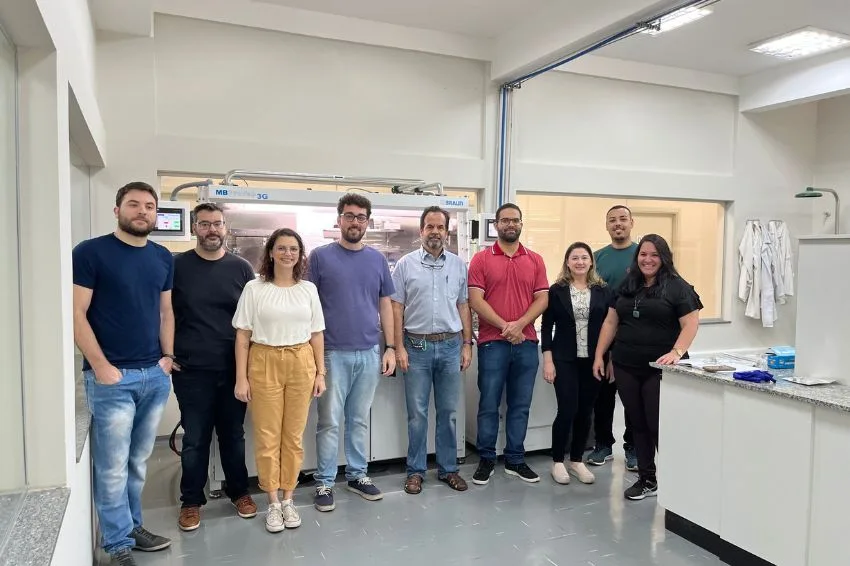The Brazilian storage market is expected to reach an installed capacity of 18 GWh and a cumulative turnover of more than R$ 40 billion by 2030, according to a newly released study by NewCharge Energy.
The survey, however, highlights that the country still needs to adopt measures so that this market can take off.
For Allen Lei, commercial director of the battery manufacturer Dyness, Brazil needs to improve its regulations and technical standards, and can learn this from the examples of the European and Australian markets.
Dyness currently has two R&D (Research and Development) centers, the main one in Yangzhou province (Jiangsu) and the other, focused on the development of battery materials, in Xi'an, northwest China.
In addition, the company has a joint laboratory with Shaanxi Normal University, focusing on research and development of power batteries. In an interview with Solar Channel, the commercial director analyzed the international energy storage market, spoke about trends in this segment and commented on how Brazil can learn from other markets.
Canal Solar: What trends do you highlight in the energy storage market around the world?
Allen Law: “The energy storage market has grown rapidly globally over the past two years and the segment will continue to grow much faster than before. Nowadays, more and more countries, for example, the USA, Europe, Australia and Japan, are switching to energy storage solutions. So, it will be a huge market and a hot investment area in the coming years.”
What do you think of this movement around the world? How can Brazil learn from these actions?
AL: There is no doubt that more and more countries and regions will embrace the application of energy storage, not only for the areas of energy distribution, but also for power generation. With this, more business models will be created. Energy storage would be the right solution for Brazil, especially for off-grid and Peak Shaving applications, which allow reducing costs with contracted demand. Regulation would also be necessary for concessionaires and energy generating plants.
At this point, regarding regulation, what examples of other markets can Brazil follow?
AL: It is important to define the regulations soon and for this I believe that Brazil can learn from the European and US markets. Both have regulations that can be very good for the Brazilian sector. Furthermore, both Europe and the USA have already proven the efficiency of their regulations, making them ripe for replication in other countries.
Today we see the relevance of lithium batteries in several applications. What can be said about this material?
AL: Compared to other batteries, lithium batteries have excellent performance in terms of safety, energy density, life cycle, size and even cost. With the cost falling, in accordance with market development, I believe that the lithium battery will play a more important role in applications.
What new materials and technologies are being used in the energy storage segment, which studies do you highlight?
AL: There are some other technologies in energy storage, such as air compression energy storage, hydrogen storage, wind turbine energy storage, supercapacitor energy storage, among others. But I believe lithium battery storage is an easy and cost-effective option to commercialize. This year the cost rose due to the increase in the cost of raw materials. However, I believe that we will see a downward trend in the price in the long term.
How is solar energy connected to the storage market in the world?
AL: Solar energy is closely linked to storage. While the photovoltaic source is used to generate energy, battery storage can support the development of solar energy in more different ways. For example, battery-powered solar power can smooth out power and voltage fluctuations that occur naturally in the distribution network.
What is the relationship between the storage market and the expansion of electric vehicles around the world? How has this increase in electric vehicles impacted the photovoltaic industry?
AL: There is an important connection as energy storage and electric vehicles share the same battery development and supply chain as some parts of the technology are similar. I believe the more electric vehicles used on the market, the more they will drive battery supply and impact cost. As a result, the energy storage segment will be a growing market.
















